Pigeons have a tongue type known as a piston tongue.
Its main function is to help them drink but they also have some taste buds which help them differentiate between sweet and sour flavours.
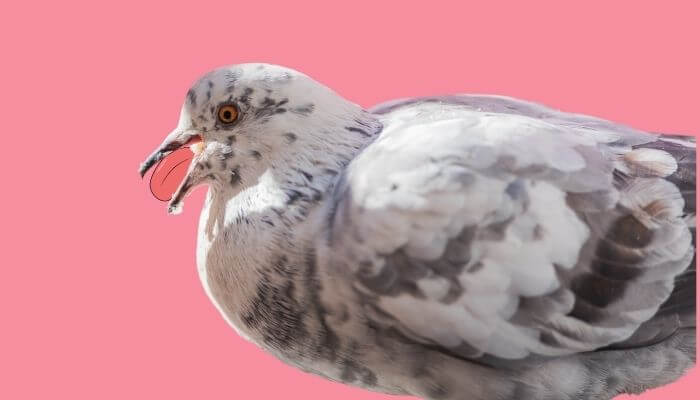
Yes – Pigeons Have Tongues
It doesn’t seem obvious at first because when you think of birds, you don’t often think about them having tongues.
However, think about your budgie and how it used to lick your hands, or how it used to lick the condensation off the windows.
Think about those nature shows where birds have really long tongues that they stick into trees to get the bugs out.
You may have even seen a massive sea bird screeching at you and have seen its massive pink tongue. Many birds have tongues, and so does the pigeon.
Types of Bird Tongues
Birds have a wide variety of types of tongues, while pigeons have piston tongues there are many other types of tongues that birds may have:
Grooved And Spiked Bird Tongues
This type of bird tongue has a groove down the centre and down the edges are buzz saw protrusions that look like a set of teeth.

The bird’s tongue actually helps with the pulling, cutting and tearing of flesh.
There is also a chance that the vulture’s grooved tongue helps it suck the marrow from bones.
Muscular Tongues
They sort of look like stumpy cow tongues.
They come in all shapes and sizes, with perhaps the parrot’s being the most famous.

This is because the parrot can use its tongue to create a wide range of sounds that can even mimic human speech.
More impressively, it can mimic the sound of ringing phones using its voice and its tongue.
Long and Tubular Nectar Tongues
Most people think of hummingbirds when there is talk of long tubular nectar tongues, but they can also be seen on bats and even on bees.

They are often long so that the bird can reach the nectar deep in flowers.
They are able to draw a certain amount of fluid into the tongue so that they may drink whatever it has contained when they pull the tongue back into their mouths.
Sticky Tongues
Think about an ant eater’s long and sticky tongue, and you are halfway to figuring out how these sorts of tongues look and act.
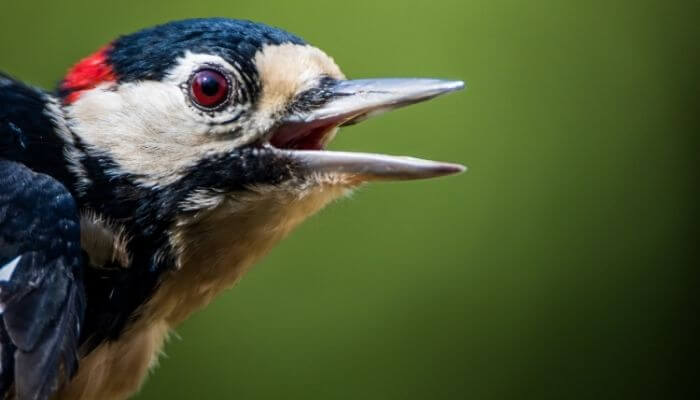
They are seen on woodpeckers and other birds that hunt large numbers of tiny insects.
Pigeons Have Piston Tongues
The piston tongue in pigeons looks like a sharp stake tongue with a sharp tip at the end, a little like a triangle shape.
The back of the tongue has all the usual features – muscle fibre, tendons, even a little bit of bone, nerves, etc.
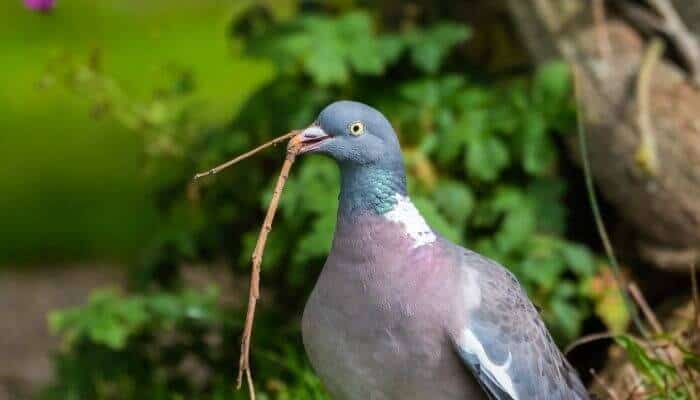
Whereas the very tip of the tongue is just fleshy matter with no tendons, very little blood supply and very few nerves.
It is believed that the tongue developed this way to help the bird snap up food before its friends could get to it, this helps them quickly identify seeds and grains.
However, the downside is that they have very limited ways of identifying edible and non-edible food, which is why you see pigeons pick up and drop certain non-foods over and over again before realising it isn’t food.
What About Baby Pigeons?
Here is where it gets interesting because some seem to have very different tongues to others, yet they all end up the same as regular pigeon tongues.
For example, you may see that the tongue size is overly small, or overly rounded, and sometimes it looks as if the tip of the tongue is actually missing.
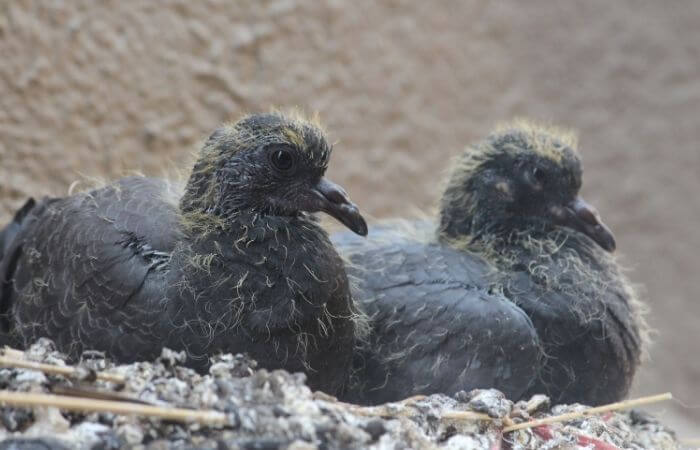
Yet, whenever people worry about this sort of thing, it always turns out okay in the end.
There is a prevailing theory that some birds just develop different to others. A bit like how some people have inny belly buttons and some over outie belly buttons.
Also, if you are hand-rearing a pigeon, don’t worry about its tongue.
You don’t even need to take a look at it, they always work out okay in the end.
How a Pigeon Drinks
A pigeon drinks water by sucking it up through its beak.
A pigeon can submerge its beak in water and then drink.
It can even drink from moving water, such as if you turn on the tap and the bird sticks its beak in the stream of water.
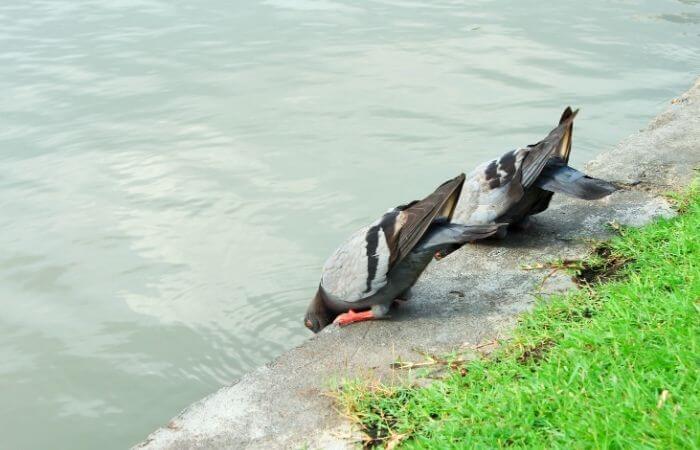
Where we empty our mouths of air and then use our cheeks, jaw and tongue to do our sucking, a pigeon need only use its tongue.
Like a piston, it pulls water up through its beak, drinks it, pushes its tongue back through its beak, pulls in its tongue, brings in more water, drinks, and so forth.
Healthy vs Unhealthy Tongues
As in humans, a pigeon’s tongue can be a health indicator.
A healthy pigeon’s tongue should be rosy pink.
There are many common pigeon diseases but the tongue is not often affected by them.
One common (though infrequent) problem is a blue tongue.
The issue may be just a blue tip or a whole blue tongue and its causes are variable including
- incorrect diet
- poor circulation
- inadequate training
- dehydration
If you feed your pigeon lots of protein (particularly a racing pigeon to boost strength and endurance), it can cause the digestive system to become sluggish.
This results in a blue chest and a blue tongue/tongue tip.
A blue colour can also indicate a reduced supply of oxygen.
Poor circulation is usually indicated by the tongue tip being blue and also feeling cold to the touch.
While not being life-threatening, it will reduce a racing pigeon’s ability to perform.
The best way to combat blue tongue is to change the bird’s diet.
Reduce the amount of protein and provide a good dose of garlic.
Keep a watchful eye on the bird to look for signs of deterioration in health.
Quarantine the bird if you are able, until you are sure it is healthy.
Another issue to be aware of is canker.
Yellow plaque on the tongue can be a sign of canker but it might also be paramyxovirus or an ulcer.
The tongue can be a good indicator of health as it may show symptoms of a sick pigeon.
If you are unsure, consult a vet.
